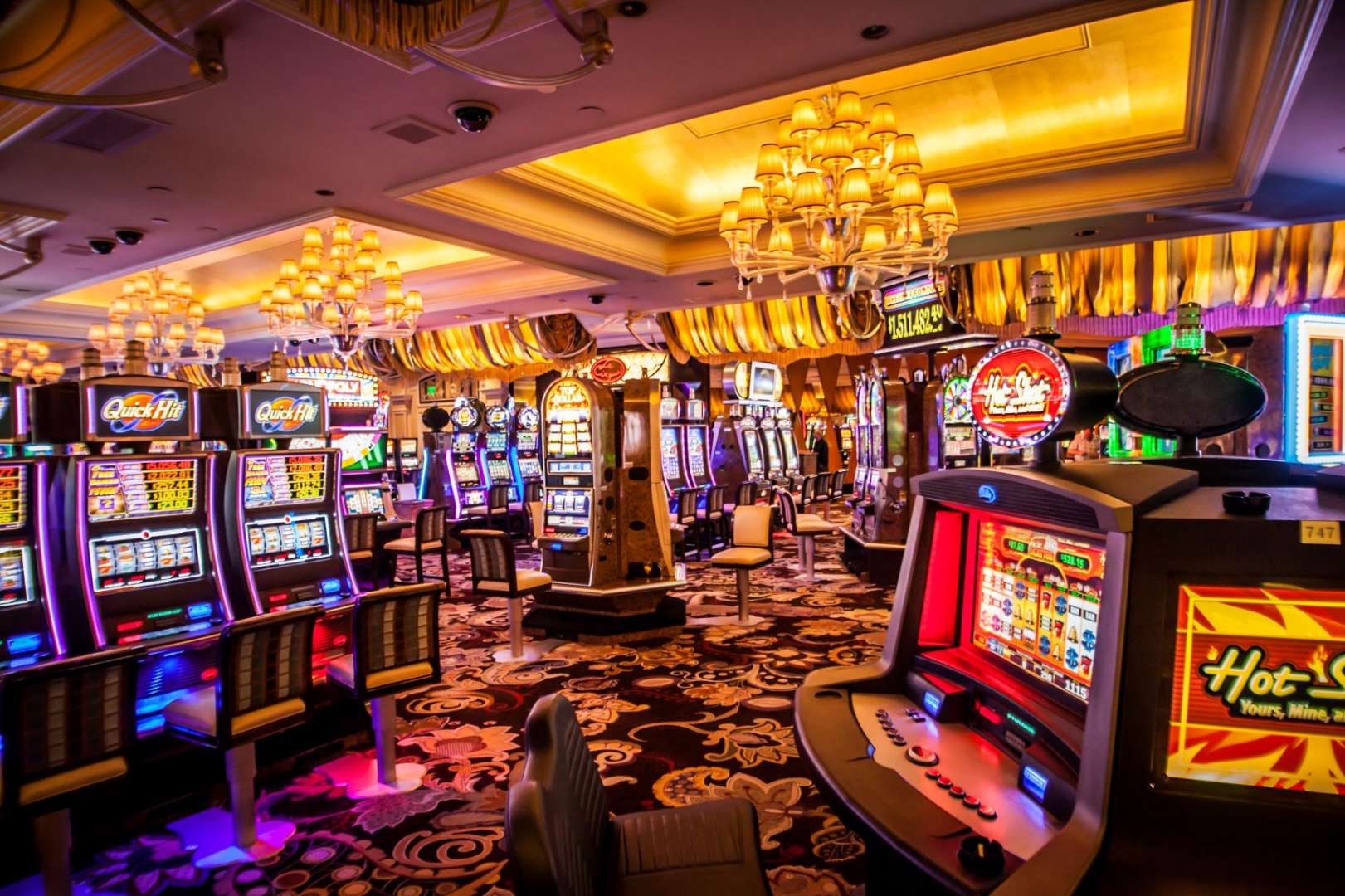Within a vibrant and exciting world of gaming establishments, where fortune and strategy intertwine, color and aesthetic play a pivotal role in attracting gamblers. Bắn cá GOOD88 From the moment visitors step inside a casino or access a gaming platform, they are enveloped in a visual feast that captures their attention and entices them to explore further. Vivid colors, engaging graphics, and creative layouts are carefully crafted to create an atmosphere of excitement and expectation, ultimately improving the gaming encounter.
While gamblers navigate through the ever-changing landscape of casino games, they come across a range of designs that not only serve aesthetic purposes but also affect feelings and decision-making. Hues like scarlet and gold symbolize riches and luck, while soothing navy and emeralds can create a much tranquil environment. Understanding how these elements function together allows casinos to create an inviting and stimulating atmosphere that encourages players to engage with the games, spend more time at the tables, and increase their overall enjoyment.
The Psychology of Color in Gambling Games
Color plays a crucial role in the development of casino games, shaping players’ emotional states and behaviors. Bright and striking colors, such as crimson and amber, are often used to incite enthusiasm and draw notice. These hues create a feeling urgency and vitality, encouraging gamblers to engage more eagerly with the activity. By intentionally selecting colors, developers aim to evoke feelings of pleasure and expectation, which can enhance the overall player experience.
Distinct colors also have psychological associations that can impact how participants perceive their odds of winning. GOOD88 Bet For instance, green is commonly associated with luck and abundance, making it a well-liked choice in activities like roulette and poker games. This association can cause gamblers to feel more positive and assured in their gameplay, ultimately inspiring them to stake more. Understanding these links allows game developers to craft environments that enhance player satisfaction and engagement.
In addition, the design of casino game interfaces often employs color gradients and differing hues to direct players’ responses. For instance, successful results may be emphasized with vivid, differing colors, creating a visual reward. This technique reinforces favorable outcomes and encourages repeated participation. By exploiting color psychology, casinos can create activities that not only draw gamblers but also maintain them involved and committed in their game experience.
Creative Features that Engage Gamers
The visual appeal of gambling games is primarily influenced by the use of bold colors. Bright and contrasting colors are deliberately chosen to create an inviting atmosphere that grabs interest. For instance, crimson and golds often signify good fortune and wealth, which is why they are prevalent in the color schemes of slot machines and game surfaces. These colors not only draw players in, but they also stir emotions associated with excitement and anticipation, enhancing the total gaming experience.
In parallel to color, the design and layout of gambling games play a significant role in player attraction. Games are designed to be intuitive, ensuring that players can easily understand the rules and gameplay. User-friendly interfaces, along with engaging graphics and animations, help maintain player interest and promote longer play sessions. The tactile elements, such as the feel of the controls and the audio of the games, also contribute to a holistic sensory experience that keeps players engaged.
In conclusion, thematic elements in game design can significantly influence gaming decisions. Many gambling games are inspired by media, myths, or adventure themes, featuring symbols and characters that resonate with players. These themes create a sense of engagement and relatability, making each game feel unique. When players feel a connection to the concept, they are more likely to choose that game over others, leading to higher participation and excitement within the casino environment.
Case Studies: Effective Casino Table Game Designs
One noteworthy example of effective casino game design is the well-known slot machine series based around hit movies. Games such as those based on the Wizard of Oz and Game of Thrones utilize bright colors and high-quality graphics to engage players in familiar narratives. The employment of lively visuals and engaging sound effects grabs the interest of players, creating an emotional connection to the theme. This tactic not just fosters longer play but also improves the overall gaming experience, yielding increased player retention.
Another successful case is the use of color in table games like 21 and the wheel. Casinos often develop these games with dark reds and greens, colors traditionally connected with luck and wealth. For instance, the emerald felt on a blackjack table provides a soothing effect, while the crimson accents in roulette invite excitement. This thoughtful use of color helps to foster an inviting atmosphere that encourages players to join in, fulfilling their psychological impulses and boosting their enjoyment.

Finally, social casino games that incorporate social features and lively, lively designs have experienced remarkable success in engaging players. Games like Zynga Poker and Slotomania leverage striking colors and playful animations to establish an inviting online environment. The inclusion of leaderboards, community sharing options, and in-app rewards fosters competition and community, attracting players in for longer sessions. Such designs not only make the games visually appealing but also underscore social connectivity, a vital factor in player retention and engagement within online casino environments.